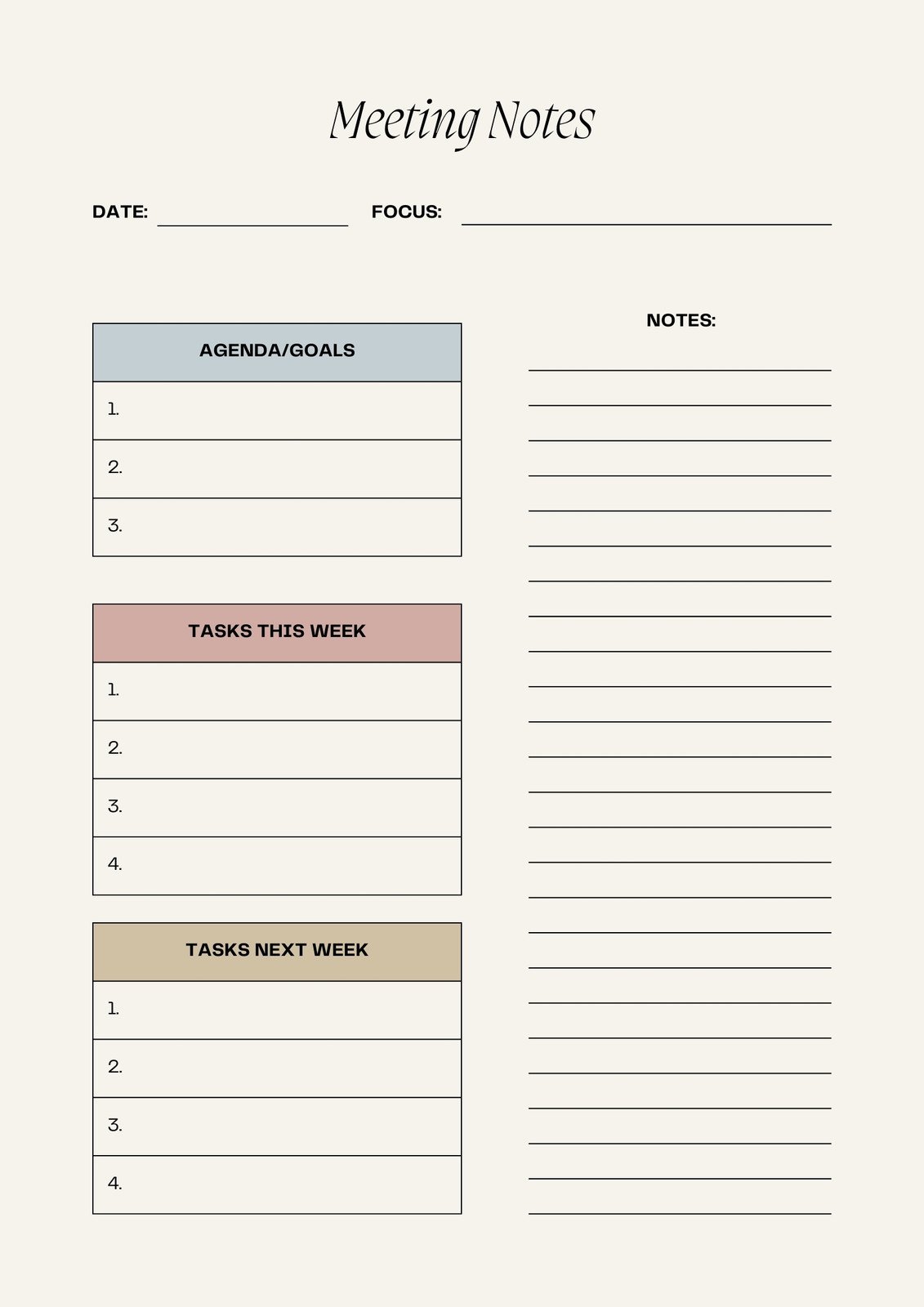
Meetings are an essential part of any business or organization. They provide a platform for team members to collaborate, communicate, and make important decisions. However, keeping track of all the information discussed during a meeting can be challenging. This is where meeting notes come in handy.
In this comprehensive guide, we will explore the what, why, and how of meeting notes, and provide some examples and tips for successful note-taking.
What are Meeting Notes?
Meeting notes are documents that are used to record important information discussed during a meeting. These notes can include key points, action items, decisions made, and any other relevant details. By taking notes during a meeting, participants can ensure that important information is not lost or forgotten.
Meeting notes can be handwritten on paper or typed up on a computer and printed out for easy reference.
Why Use Meeting Notes?
There are several benefits to using meeting notes. Some of the main reasons why meeting notes are important include:
- Memory Aid: Taking notes during a meeting can help participants remember important details and decisions made.
- Accountability: meeting notes provide a record of what was discussed and agreed upon, holding team members accountable for their actions.
- Reference Material: Meeting notes can serve as a reference document for future meetings or projects.
- Communication Tool: Meeting notes can be shared with team members who were unable to attend the meeting, keeping everyone on the same page.
- Productivity Boost: By keeping organized notes, meetings can be more efficient and productive.
How to Take Meeting Notes
Taking effective meeting notes involves a few key steps. Here are some tips to help you improve your note-taking skills:
- Prepare in Advance: Before the meeting starts, make sure you have all the necessary materials such as a notebook, pen, or laptop for typing.
- Use a Consistent Format: Develop a structure for your notes that works for you, such as bullet points, headings, or numbered lists.
- Focus on Key Points: Don’t try to write down everything said in the meeting. Instead, focus on key points, action items, and decisions made.
- Stay Engaged: Pay attention during the meeting and actively listen to what is being discussed to capture the most important information.
- Review and Summarize: After the meeting, take some time to review your notes and summarize the main takeaways for easy reference.
Examples of Meeting Notes
To give you a better idea of what meeting notes look like, here are some examples:
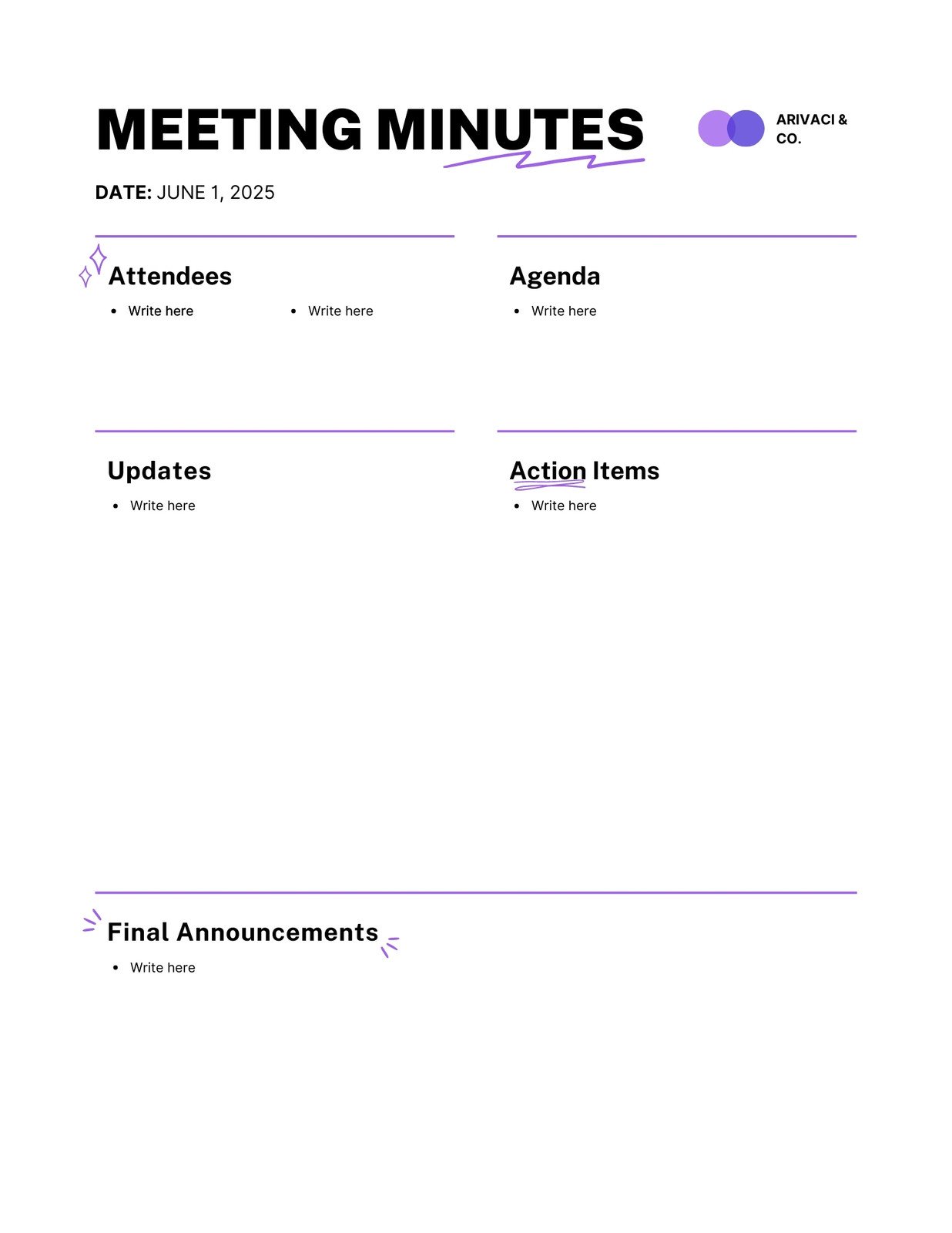
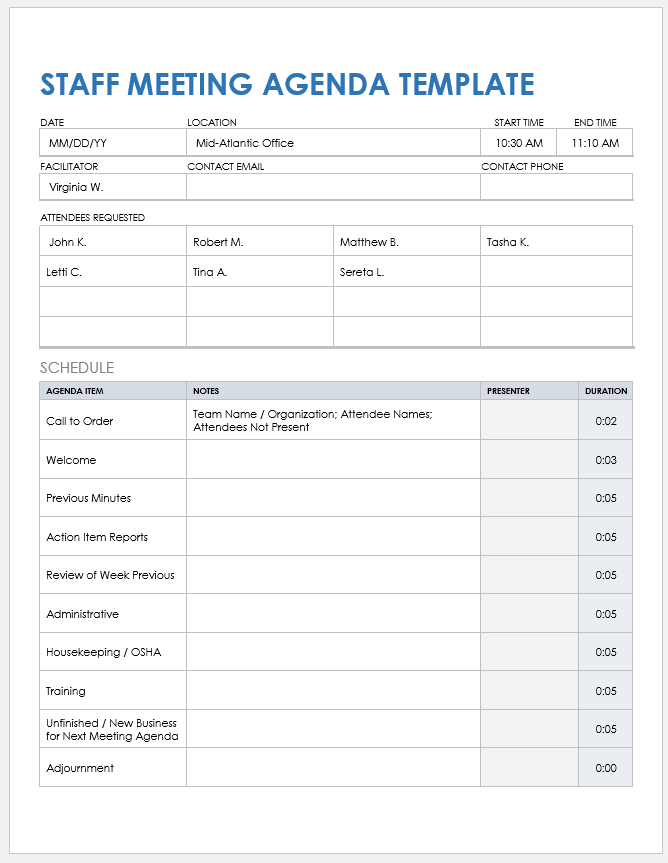
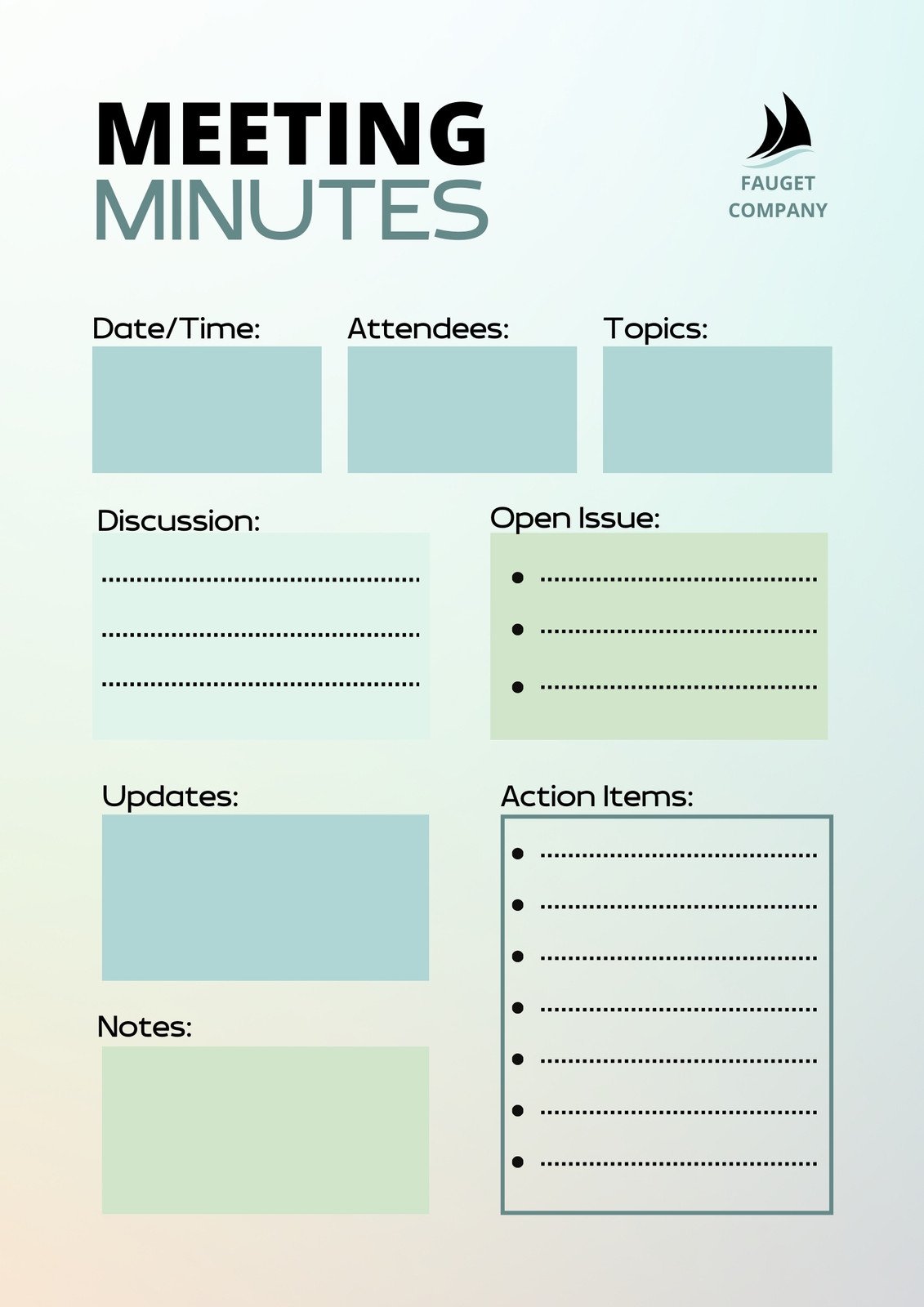

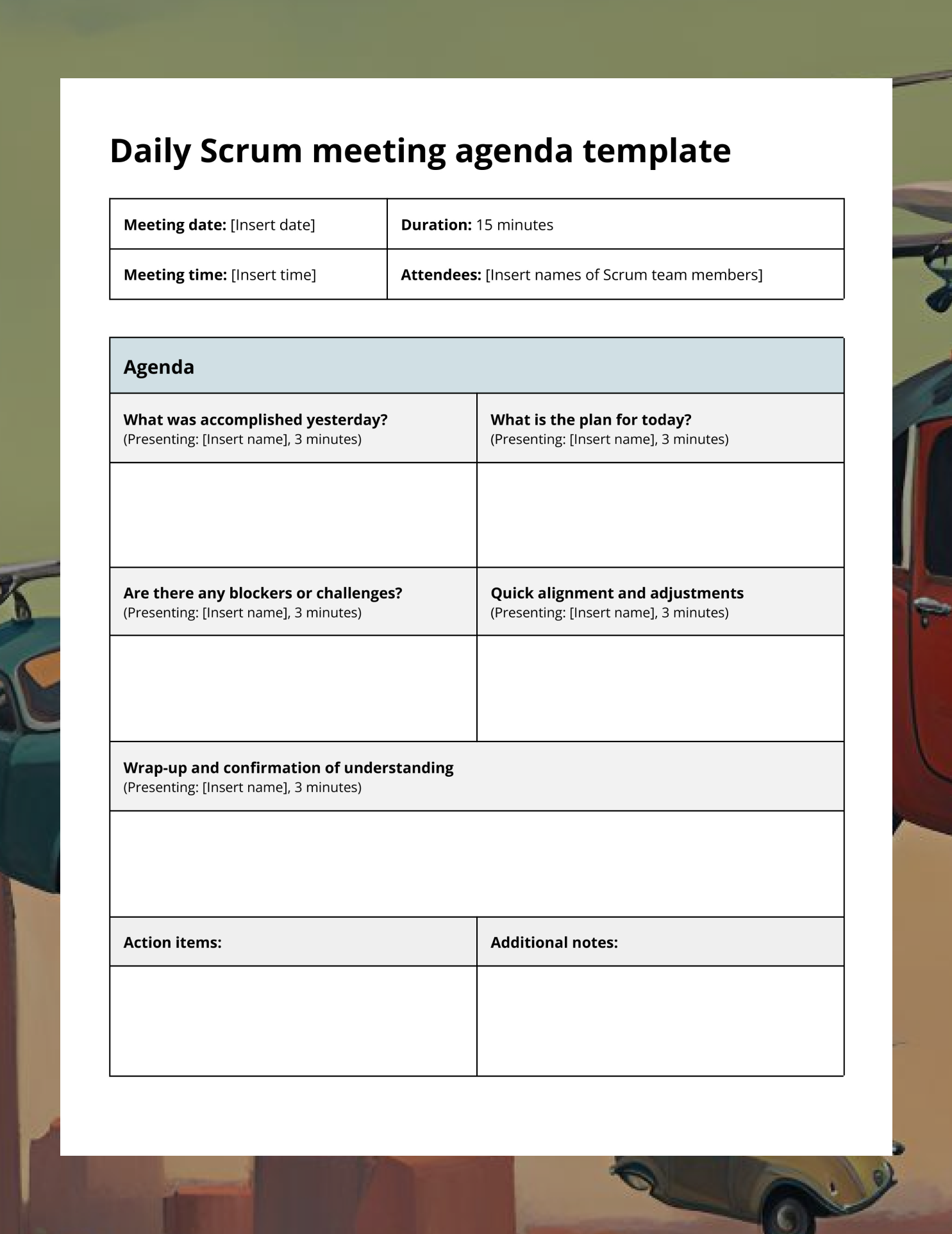
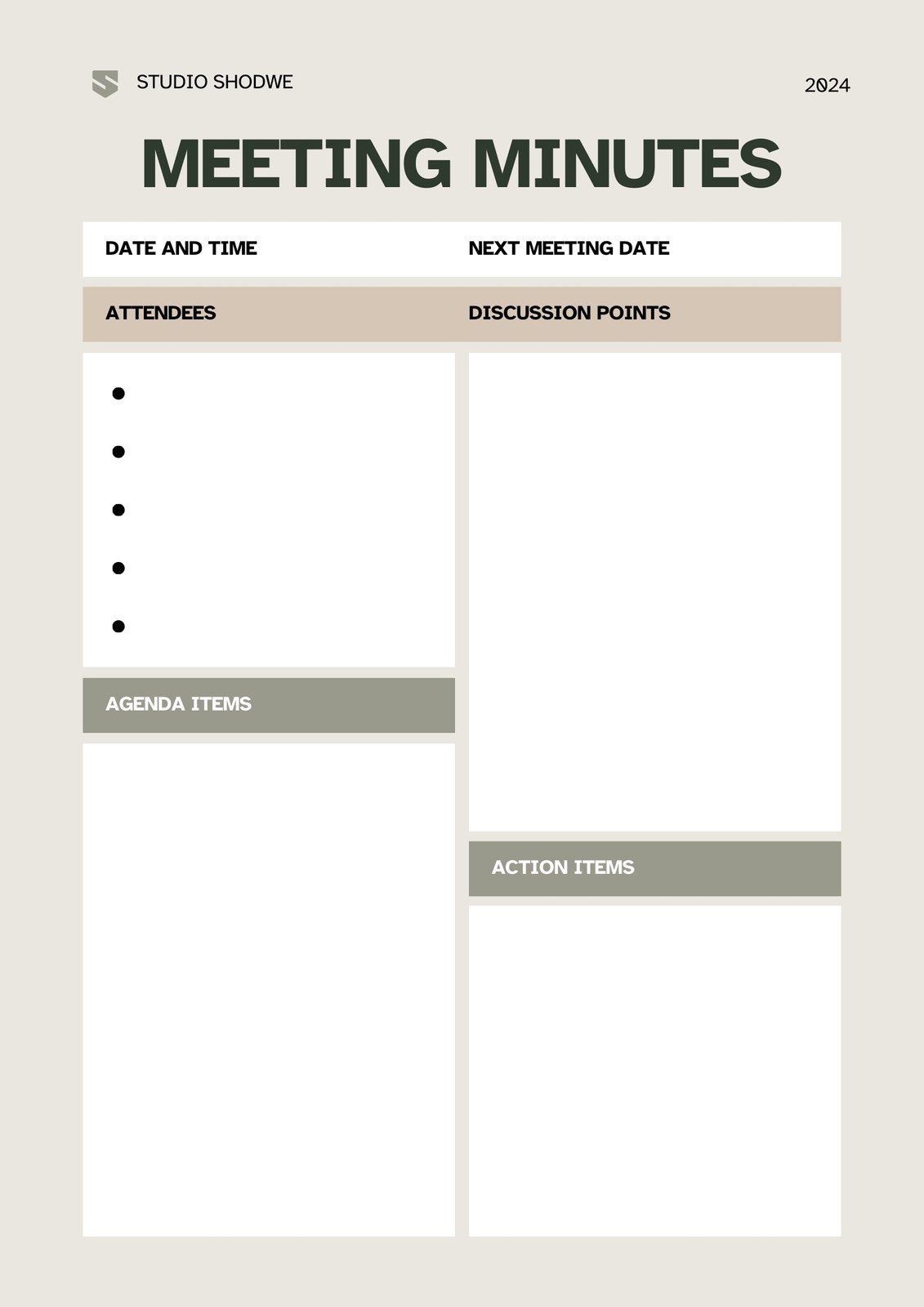
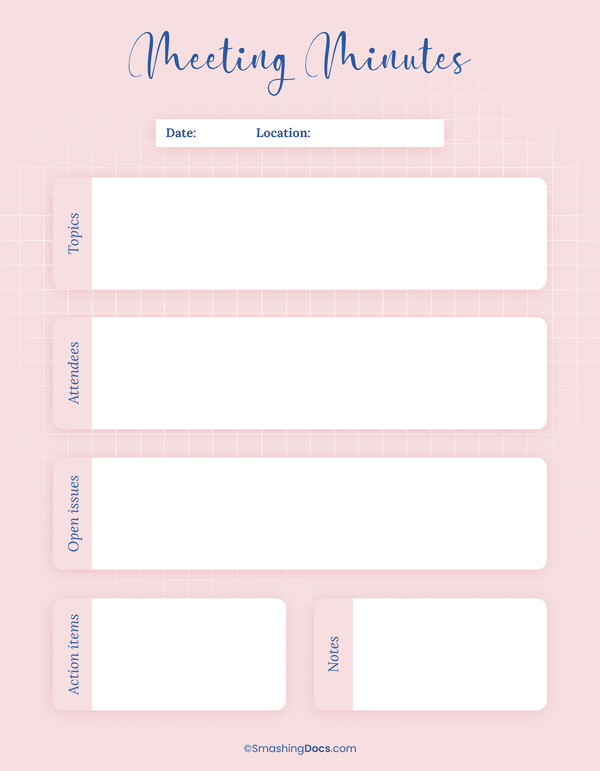
Tips for Successful Meeting Notes
Here are some additional tips to help you create successful meeting notes:
1. Use Clear and Concise Language
Keep your notes clear and to the point, avoiding jargon or unnecessary details.
2. Organize Your Notes Effectively
Use headings, bullet points, or numbering to organize your notes logically.
3. Follow Up on Action Items
Make sure to follow up on any action items or decisions made during the meeting to ensure progress.
4. Share Your Notes with Team Members
Share your meeting notes with relevant team members to keep everyone informed and aligned.
5. Continuously Improve Your Note-Taking Skills
Reflect on your note-taking process after each meeting and identify areas for improvement.
In Conclusion
Meeting notes are an essential tool for effective communication, collaboration, and decision-making in any organization. By following the tips and examples provided in this guide, you can improve your note-taking skills and make the most out of your meetings. Remember, the key to successful meeting notes is to stay organized, focused, and engaged throughout the meeting process.
Meeting Notes Template – Download